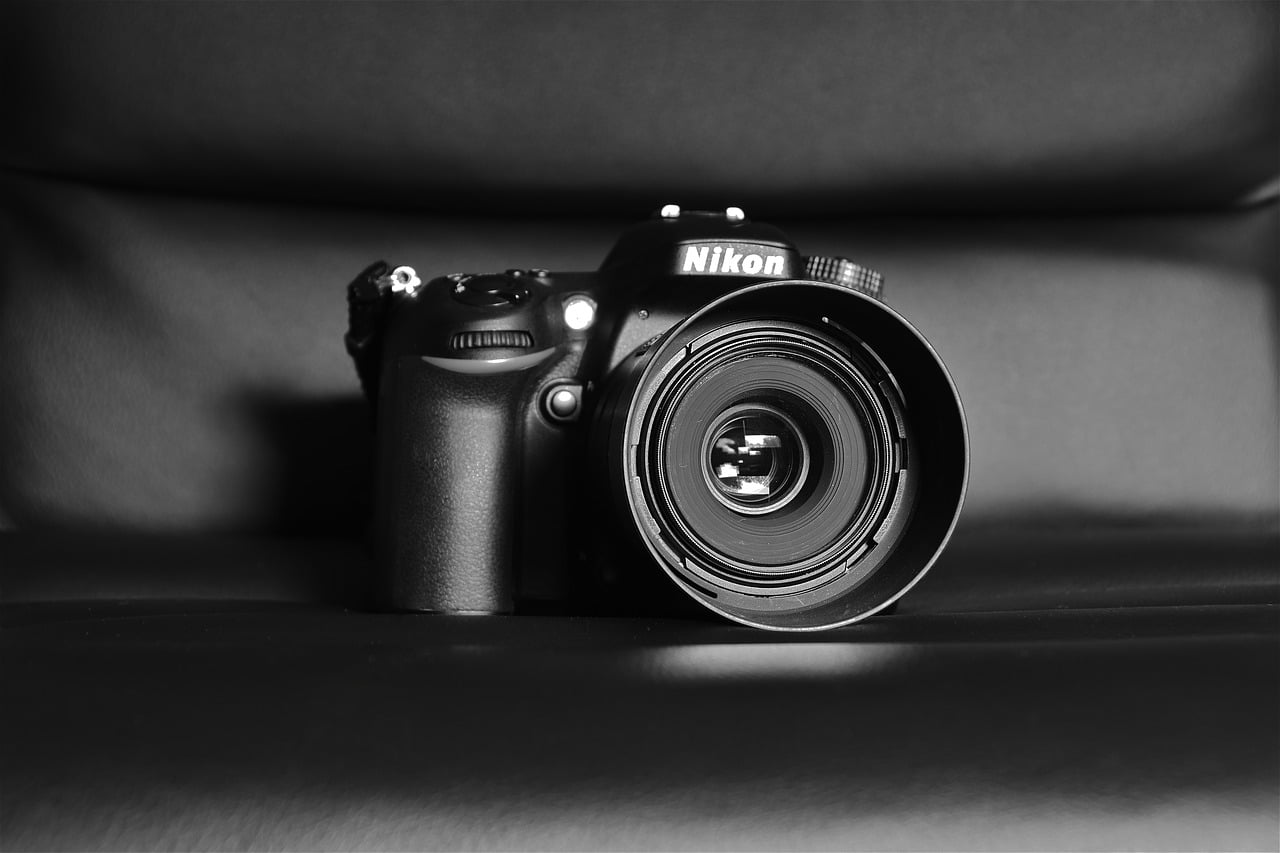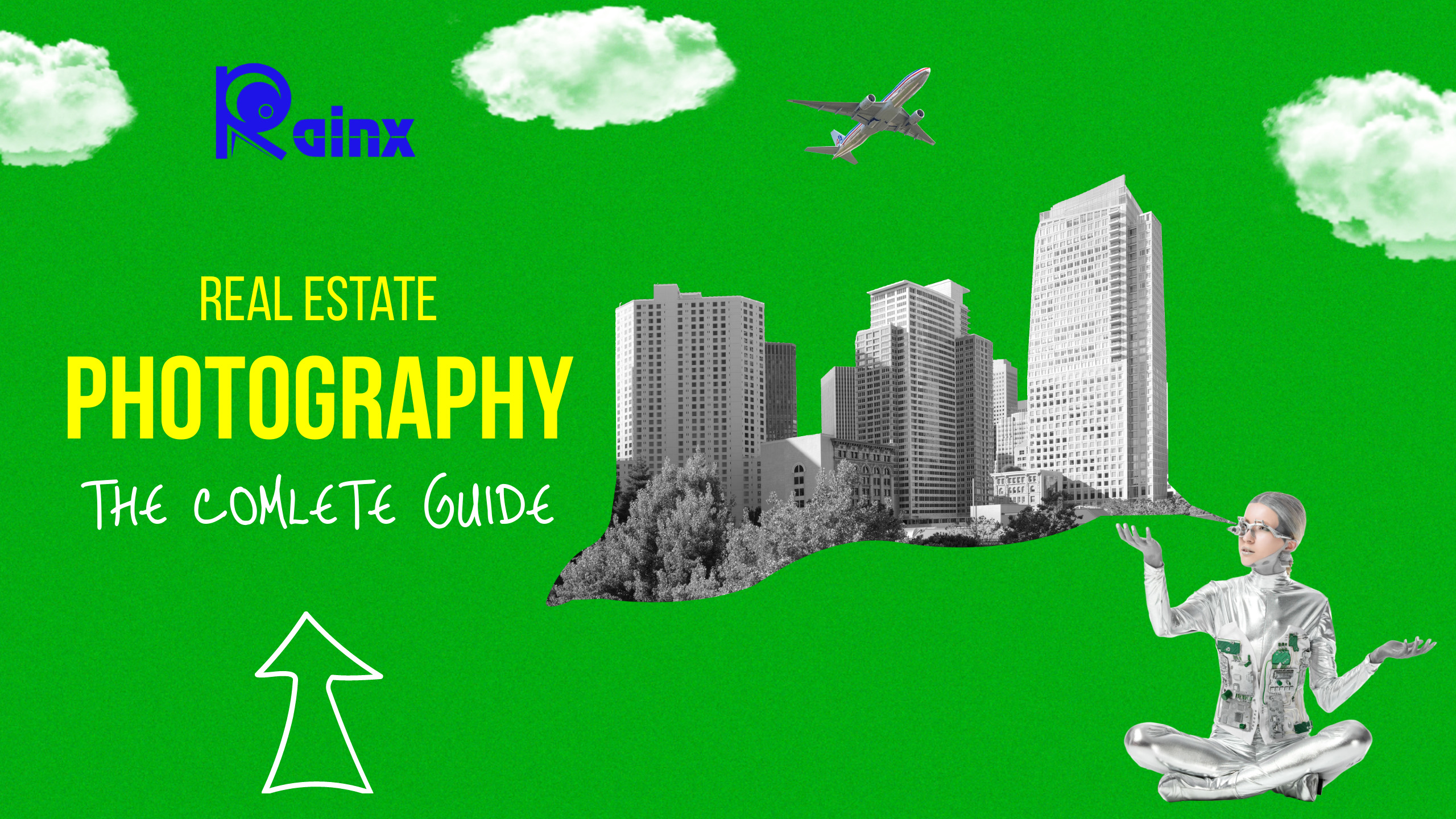Five Things to Think About Before Purchasing Your First Camera
The Ol’ Gear versus Photographer Chestnut
What is the best camera and lens to get when you’re just starting out?
- Anything by Nikon
- Anything by Canon
- Nikon and Canon are overrated; Pentax is what all the cool kids are using
- Do the best you can with what you can afford right now
A great camera will not make you a great photographer. Great lenses, on the other hand, can improve the sharpness of your images, as can great lights and accessories. All of that, however, can be undone by images that are poorly executed or sloppily composed.
Simply because something is technically perfect does not make it great or even good. A good photograph should elicit an emotional response, and no camera or lens available today can do that for you.
Every day, I’m blown away by evocative photos on Instagram, 500px, and Flickr. More than 80% of these images were captured using smartphones or entry-level cameras with kit lenses. When I share my images online, images taken with my iPhone receive the same amount of attention as images taken with professional equipment. There has never been a better time in history to have your work seen and loved, or to elicit a reaction, thanks to the Internet.
The best first camera is the one you can afford right now.
What are you shooting?
Next, consider what you intend to use your equipment for. Where will you put it and how often will you use it?
- I’m going to document my trek to the summit of Mount Everest, rodeo rides and my next Tough Mudder event.
- I photograph sixty weddings a year.
- I’m still learning, but I love to take photographs every opportunity I get.
Do you intend to take your camera to harsh subzero environments? Will you be taking thousands of photos every day, or will you only take photos on special occasions? The first question to ask before purchasing any new equipment is, “What will you use it for?”
If you answered #2 or something similar, you might want to consider a heavy-duty pro body that’s designed to withstand rough handling and extreme weather conditions; a cheaper lightweight camera might not withstand the wear and tear or the elements.
If you intend to shoot thousands of frames per day or week, it may be more cost-effective to invest in a mid-range camera designed to shoot more frames. A cheap camera’s shutter usually rolls over and dies after about 100,000 frames, so spending a few hundred dollars more may give you more longevity.
The subject matter you’ll be photographing will also influence your lens selection. Many fashions and portrait photographers, for example, use long fixed focal lenses or zoom lenses if they intend to shoot a lot of portraits and headshots. Professionals stock their kits with wide and long lenses, as well as lenses that are somewhere in between if they will be shooting a lot of weddings. Landscape photographers benefit from wider lenses when shooting a lot of scenery. Finally, if you intend to photograph a lot of food or products, you may want to consider investing in a macro lens.
Brand loyalty. Which brand should you buy and why?
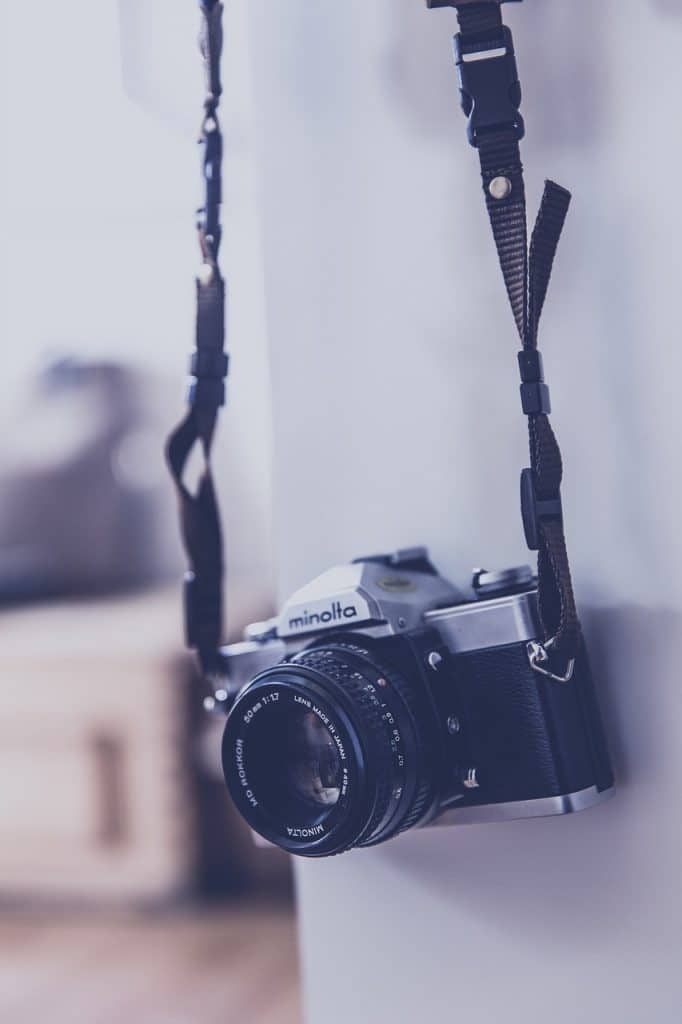
There is no definitive answer to this question when it comes to cameras. Nikon appears to have a slight advantage over the other SLR brands, but each has advantages and disadvantages.
Because both my brother and my first mentor used Nikon, I spent the first 15 years of my career shooting with them. I adored my Nikon and would never consider switching. I began by purchasing used bodies and prime lenses, and once I had saved enough money to purchase new ones, I remained loyal to Nikon. Later, when I switched to digital, I rekindled my love affair with Nikon.
The lack of decent Nikon upgrades on the market in 2004-2005, as well as the fact that Canon’s 1DS MKII blew everything Nikon made that year out of the water, pushed me to convert to Canon. I made the switch to Canon and purchased two new camera bodies, lenses, speedlights, and accessories.
After ten years, you could argue that Nikon now produces better bodies than Canon and that Canon produces slightly better lenses. For better or worse, I’ve made a commitment to Canon that I intend to honor – for the time being. I still have moments of gear envy, but hey, I’m only human.
My advice is to try out every camera in your price range. You’ll discover that some cameras are more user-friendly than others. Consider the warranty, general after-sales service, and the ease with which the brand you’re considering can be serviced or repaired in your area. The camera’s resale value is another good indicator of quality. If your prospective camera is flooding the low-end of the used market, it could be a sign that you’re about to buy a lemon. Finally, read camera reviews and search for forum discussions about the model you want to buy. The photography community is incredibly detailed and generous with its knowledge.
Holy crop! Does size matter?
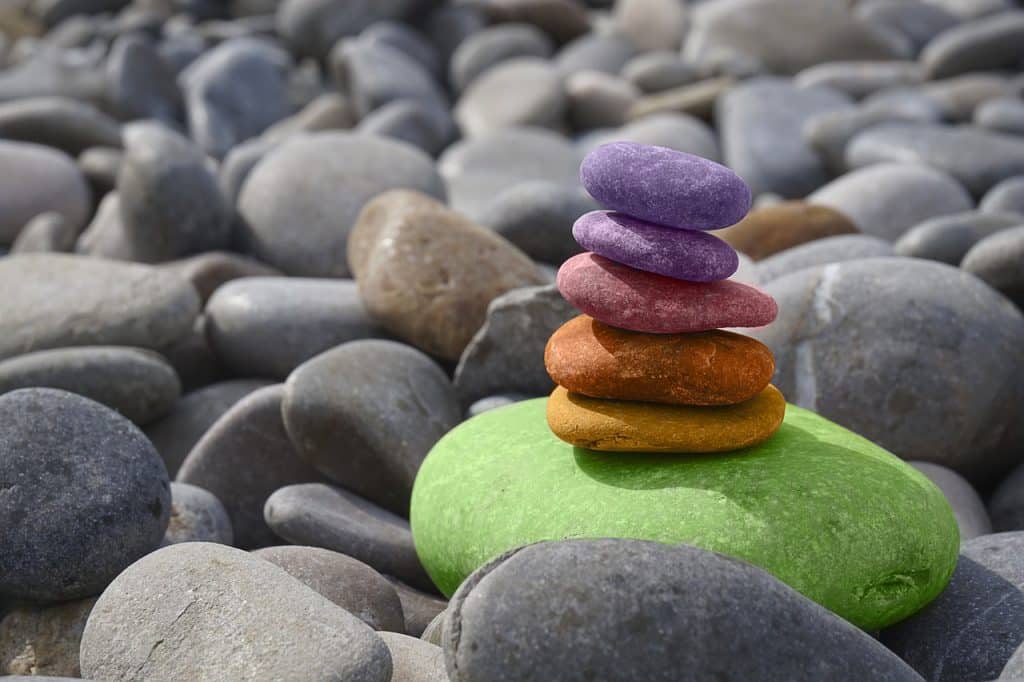
My iPhone now takes 8 MB photos. So, does this imply that my iPhone’s camera is superior? No, I don’t think so. The quality of the megapixels and the size of the sensor are more important than the number of megapixels. Cramming a large number of megapixels onto a small sensor reduces image quality, resulting in grainier-looking files.
So, how big are the sensors in the various cameras available today? A camera phone sensor is about the size of a tic-tac, a compact camera sensor is about the size of an M&M, an entry-level SLR sensor is about the size of a postage stamp, and a professional level camera sensor is about the size of a 35mm film frame.
So, how many megapixels are enough, and what size sensor is best for you? Again, the answer boils down to what the output will be.
If you intend to shoot images for billboards or extremely large wall prints, a full-frame sensor that produces raw image files larger than 20 MB is ideal.
An entry-level camera can generate large enough files to create billboard-sized images; they just won’t look nearly as good.
If you intend to print midsize images — A4 (8.511′′) or smaller — an entry-level to the mid-range camera will produce excellent results.
Finally, if you’re mostly going to share your images online, a smartphone or compact camera will suffice, but any of the above will suffice as well.
Physical size and weight

Is it just me, or does this camera make my bum look big?
This factor is frequently overlooked until you get home and take your new camera out of the box and start using it. You might think you want the biggest, heaviest camera with the longest lens, but four hours into an eight-hour mountain hike, you might reconsider.
I currently shoot with two bodies: the 1DS MKIII and the 5D MKIII. My 1DSIII weighs twice as much as my 5D and produces higher-quality images, but I’m willing to sacrifice image quality when traveling because I know I’ll shoot more if I’m carrying a lighter camera. Having to lug a heavy camera around makes me reconsider bringing it out in the first place.
A good camera should be easy to use and feel like an extension of your body. Test how easy it is to change settings with one hand; believe me, if it’s a difficult process, this will become frustrating.
Note: If you want to make some adjustments to the photo just let me know. I can do it for you at a very low cost. You can hire me to edit your photo.
LATEST POST
- Best web design companies in Trivandrum
 Rainx LLP, Oregon Technologies, Redwet Solutions, and Globify Digital Solutions are among the best web designing company in Trivandrum, specializing in website development.
Rainx LLP, Oregon Technologies, Redwet Solutions, and Globify Digital Solutions are among the best web designing company in Trivandrum, specializing in website development. - Create a Digital Business Card
 Craft a digital business card that showcases your unique brand and personality. It’s simple to share and easy to update whenever needed. Plus, you’ll benefit from a free domain, hosting, and effortless social media integration. Ideal for professionals in any field!
Craft a digital business card that showcases your unique brand and personality. It’s simple to share and easy to update whenever needed. Plus, you’ll benefit from a free domain, hosting, and effortless social media integration. Ideal for professionals in any field! - DeepSeek AI
 Explore the significant differences between DeepSeek AI and ChatGPT. Experience a more efficient and cost-effective AI solution tailored to your needs.
Explore the significant differences between DeepSeek AI and ChatGPT. Experience a more efficient and cost-effective AI solution tailored to your needs. - AI tools for resume building
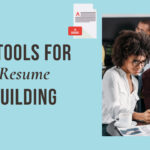 Explore the best AI tools for resume writing freely to create your professional resume to stand out in an interview.
Explore the best AI tools for resume writing freely to create your professional resume to stand out in an interview. - Answer Engine Optimization
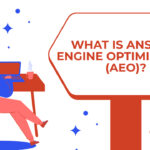 Discover the key differences between AEO and SEO. Learn how Answer Engine Optimization can boost your online presence when combined with SEO strategies.
Discover the key differences between AEO and SEO. Learn how Answer Engine Optimization can boost your online presence when combined with SEO strategies.

